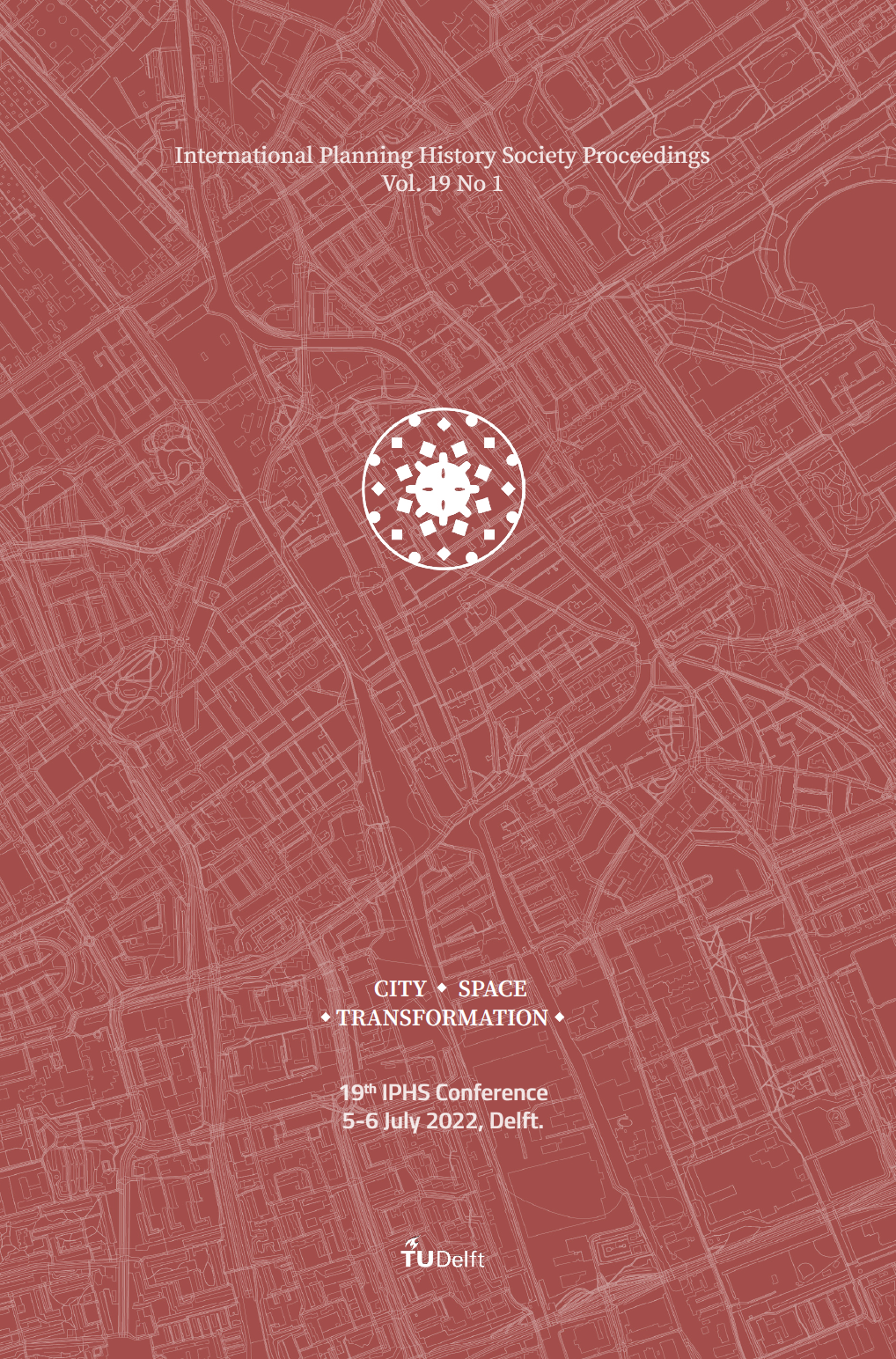Evolution and Permanence in Coimbra’s Urban Form
The Emergence of Urban Planning in Portugal at the Turn of the Twentieth-Century
DOI:
https://doi.org/10.7480/iphs.2022.1.6520Abstract
Across Europe, the 19th century was a period of radical transformation and the time of the emergence of urban planning as a science. In Portugal, a peripheral country, devastated by civil war and political and economic instability, these transformations emerged with some delay and on a smaller scale. After the creation in 1852 of the Ministry of Public Works, responsible for planning and construction of modern infrastructure and the road and railway network that would connect the main cities and the country with Europe, the first concerns with cities’ health and urban beautification arose. Thus in 1864, the first urban legislation introducing the general improvement plan, mandatory for the two main Portuguese cities, Lisbon and Porto emerged, but it was also applicable to other cities. Coimbra, a medium-sized city, but then the only Portuguese university city, one of the cities that tried to draw up a general improvement plan to ensure the city's beautification planning. This paper analyses these efforts and a set of plans and projects, their relations with European models, and intends to understand the innovation of these first plans in the light of the emergence of urban planning as a mandatory public policy in Portugal.


